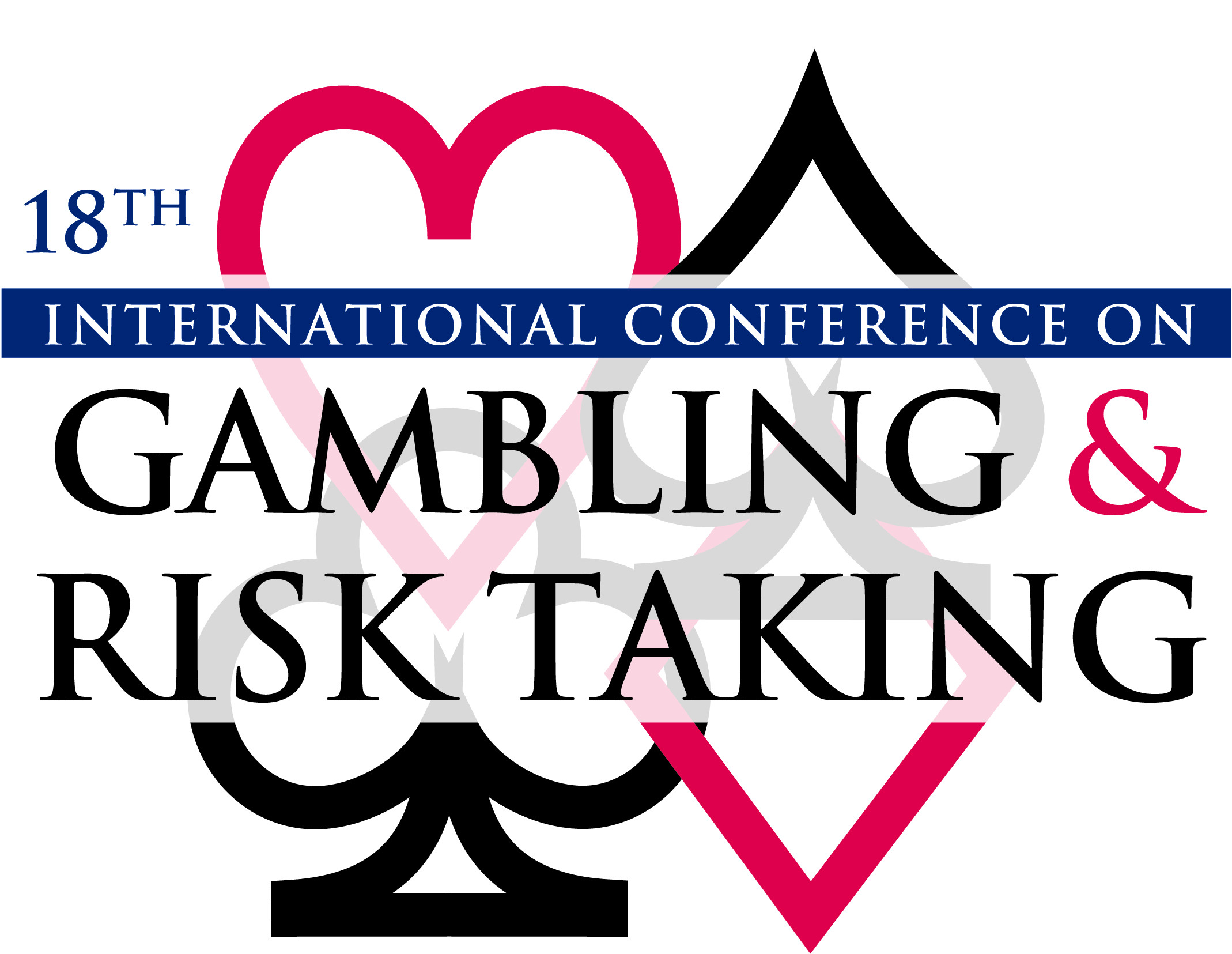Session Title
Session 1-4-C: Lightning Talks
Presentation Type
Lightning Talk
Location
Park MGM, Las Vegas, NV
Start Date
23-5-2023 1:45 PM
End Date
23-5-2023 3:15 PM
Disciplines
Business Administration, Management, and Operations | Business Intelligence
Abstract
Anselme and Robinson suggest that “the motivation to gamble is strongly (though not entirely) determined by the inability to predict reward occurrence and is linked to having too much dopamine in the brain.” An excess of dopamine in some parts of the brain and lesser amounts in others is linked to mood changes, and in particular a decrease in impulse control and an increase in competitiveness. The gaming business wants to avoid reckless gambling and is engaged in research to find evidence-based tools that lower the reactions associated with high dopamine levels. One such tool is a digital therapeutic called myStride.co (patent pending) that uses certified wellness content to balance dopamine levels (mood) in gamblers by clearing the prefrontal cortex and restoring normal levels of dopamine. MyStride.co engages the user with activities that shift their mood, balancing dopamine. In collaboration with Paul Burns, CEO of the Canadian Gaming Association, our objective for this paper is to make gaming companies aware of the early detection and treatment of “risky behavior” before it becomes damaging. This literature review illuminates how stress-related research will help Gaming policymakers build content, like MyStride.co, to avoid high risk-taking behavior.
Keywords
dopamine, brain, detection, risky-behavior, stress
Funding Sources
This is a literature review and there are no funding sources.
Competing Interests
There is no funding for this presentation, therefore no competing interests over the last three years.
Included in
Business Administration, Management, and Operations Commons, Business Intelligence Commons
The Neuroscience of Safe Gaming: How to Use Wellness Content
Park MGM, Las Vegas, NV
Anselme and Robinson suggest that “the motivation to gamble is strongly (though not entirely) determined by the inability to predict reward occurrence and is linked to having too much dopamine in the brain.” An excess of dopamine in some parts of the brain and lesser amounts in others is linked to mood changes, and in particular a decrease in impulse control and an increase in competitiveness. The gaming business wants to avoid reckless gambling and is engaged in research to find evidence-based tools that lower the reactions associated with high dopamine levels. One such tool is a digital therapeutic called myStride.co (patent pending) that uses certified wellness content to balance dopamine levels (mood) in gamblers by clearing the prefrontal cortex and restoring normal levels of dopamine. MyStride.co engages the user with activities that shift their mood, balancing dopamine. In collaboration with Paul Burns, CEO of the Canadian Gaming Association, our objective for this paper is to make gaming companies aware of the early detection and treatment of “risky behavior” before it becomes damaging. This literature review illuminates how stress-related research will help Gaming policymakers build content, like MyStride.co, to avoid high risk-taking behavior.


Comments
Thank you for your consideration.